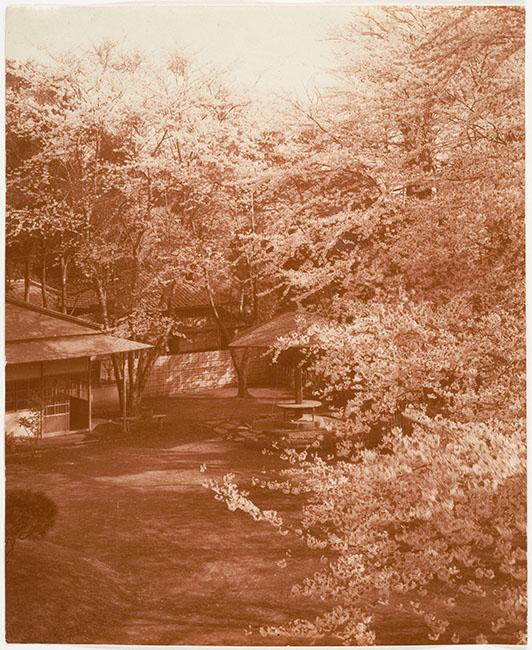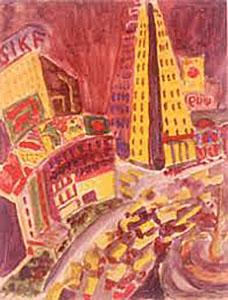NEW HISTORICISM
4.9
How does New Historicism allow us to read 'In a Station of the Metro'?
In this chapter we invite you to take a New Historicist perspective on your own.
Consider these two New Historicist statements:
1. Louis A. Montrose’s discussion of the ‘historicity of texts’ and ‘textuality of history’:
By the historicity of texts, I mean to suggest the cultural specificity, the social embedment, of all modes of writing − not only the texts that critics study but also the texts in which we study them. By the textuality of history, I mean to suggest, firstly, that we can have no access to a full and authentic past, a lived material existence, unmediated by the surviving textual traces of the society in question − traces whose survival we cannot assume to be merely contingent but must rather presume to be at least partially consequent upon complex and subtle social processes of preservation and effacement; and secondly, that those textual traces are themselves subject to subsequent textual mediations when they are construed as the ‘documents’ upon which historians ground their own texts, called ‘histories.’ (Louis A. Montrose, ‘Professing the Renaissance: The Poetics and Politics of Culture.’ The New Historicism. Ed. Aram Veeser. New York: Routledge, 1989 15–36. Here 20.)
2. Jane Tompkins’s definition of ‘cultural work’:
[Literary texts perform cultural work in] providing society with a means of thinking about itself, defining certain aspects of a social reality which the authors and their readers shared, dramatizing its conflicts, and recommending solutions. (Jane Tompkins, Sensational Designs: The Cultural Work of American Fiction, 1790–1860. Oxford: Oxford University Press, 1985. Here 200.)
Consider further these three historical sources:
A. A journalist’s description of New York in the early 20th century:
The air belongs to the steady burr of the motor, to the regular clank clank of the elevated, and to the chitter of the steel drill. Underneath is the rhythmic roll over clattering ties of the subway; above, the drone of the airplane. The recurrent explosions of the internal combustion engine, and the rhythmic jar of bodies in rapid motion determine the tempo of the sound world in which we have to live. (Unnamed journalist for the Saturday Review of Literature, qtd. in Emily Thompson, The Soundscape of Modernity: Architectural Acoustics and the Culture of Listening in America, 1900–1933. London: MIT Press, 2002. 117)
B. A photograph of cherry trees from the 1910s:

Blossoming cherry trees by Adolf de Meyer (retrieved from Wikimedia)
C. Modernist writer John Dos Passos’s painting Aerial View of City Traffic and Buildings (c. 1925):

Aerial View of City Traffic and Buildings by John Dos Passos (retrieved from Jurisdynamics)
Choose any of these sources (A, B or C). Based on what you have learned in the preceding video presentation and one or both of the quotations given above (1 and 2), in what ways would a New Historicist invite you to talk about the relationship between ‘your source’ and ‘In a Station of the Metro’?
License
University of Basel
